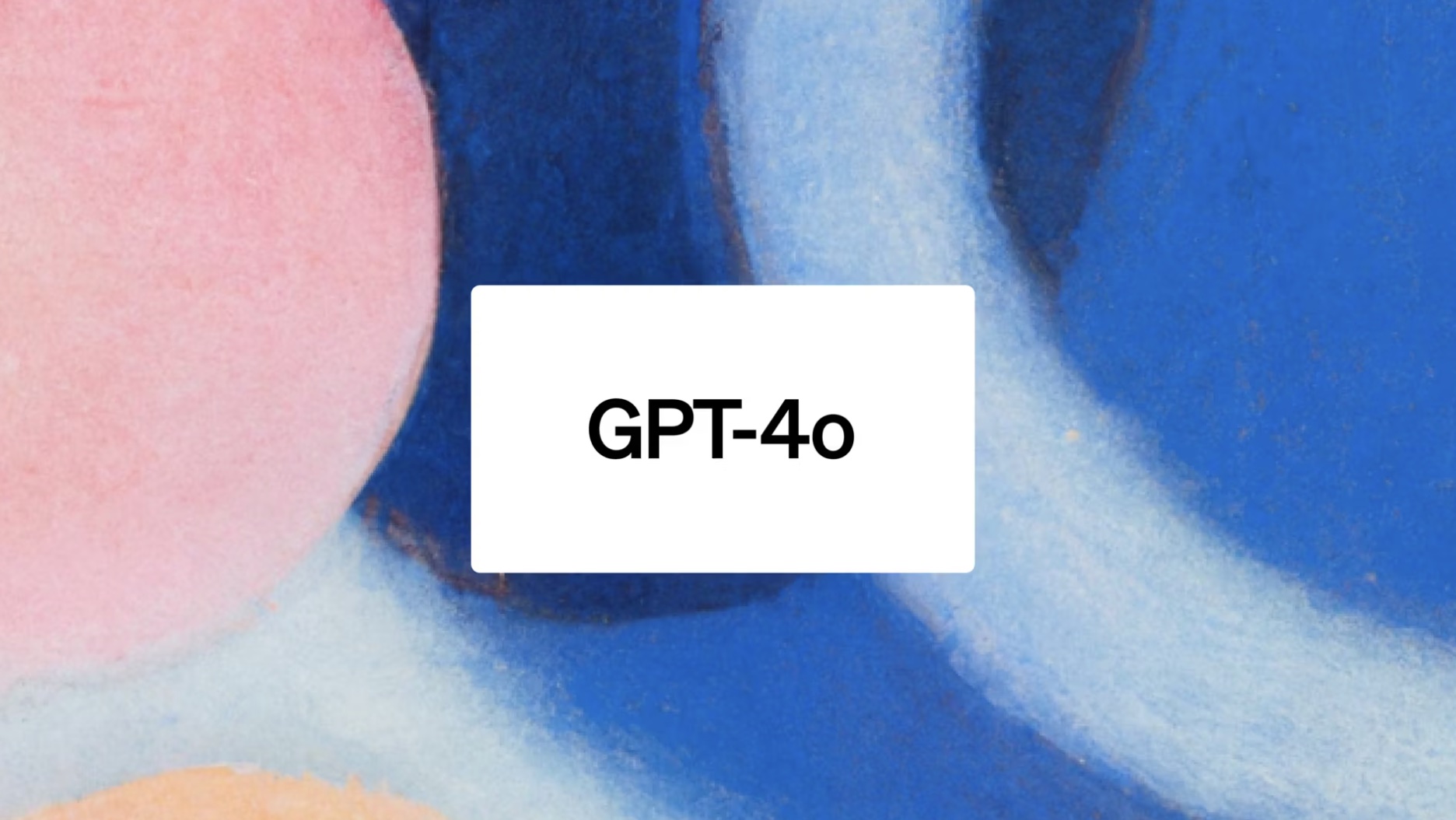OpenAI just announced its new GPT-4o (‘o’ for ‘omni’) model which combines text, video, and audio processing in real-time to answer questions, hold better conversations, solve maths problems, and more. It’s the most ‘human’-like iteration of the large language model (LLM) so far, available to all users for free shortly. GPT-4o has launched with a macOS app for ChatGPT Plus subscribers to try – but interestingly, there’s no Windows app just yet.
A blog post from OpenAI specifies that the company “plan[s] to launch a Windows version later this year,” choosing instead to offer the tech to Mac users first. This is odd, considering Microsoft has pumped billions of dollars into OpenAI and has its own OpenAI-powered digital assistant, Copilot. So, you would think the platform to receive initial exclusive access to a groundbreaking bit of tech like GPT-4o would be Microsoft Windows.
Why do things this way around? One theory floated by Windows Latest is that this could be a clever move on OpenAI’s part as Apple users might prefer a native app over a web app compared to Windows users. As an Apple user, I would indeed prefer to have an app for something I might use as regularly as GPT-4o, rather than having to navigate a web app – so perhaps other Apple fans may feel the same.
A further consideration here is with AI Explorer incoming as the big feature for Windows 11 later this year (in the 24H2 update), Microsoft may not want another feature like GPT-4o muddying the AI waters in its desktop OS.
Jumping in before Apple can
With such a jump between the public version of ChatGPT and the new GPT-4o model (which is also set to be available for free, albeit with limited use), OpenAI will surely want as many people using its product as possible. So, venturing into macOS territory makes sense if the firm wants to tap into a group of people who haven’t gravitated to its AI naturally.
So far Apple has not made any great efforts to integrate AI tools into its operating system in the same way that Microsoft has Copilot embedded into a user’s desktop taskbar. That leaves OpenAI with the perfect opportunity to jump onto the desktops of Mac users and show off what GPT-4o can do before Apple gets the chance to introduce its own AI assistant for macOS – if it does so.
We’ll have to wait for WWDC to find out if Apple has its own take on the Copilot concept ready or if Mac users interested in artificial intelligence tools will find a new bestie in GPT-4o. That’s not to say I wouldn’t eat up whatever Apple has up its sleeve for Mac users – just that swapping over may be a little harder once I’m used to the way GPT-4o for Mac works for me.





